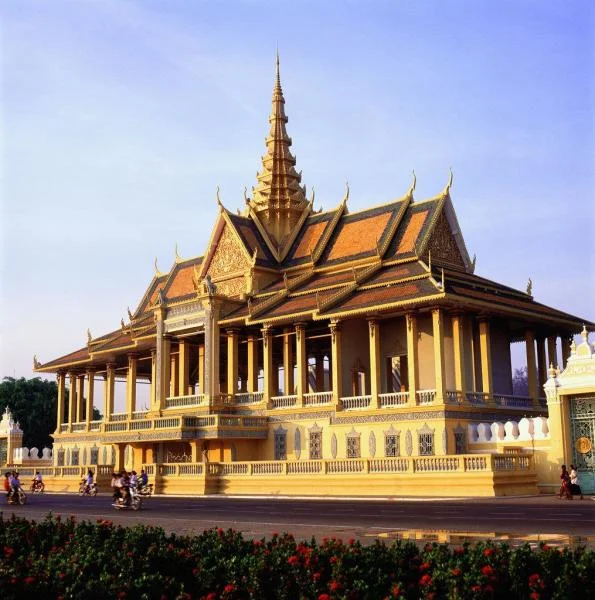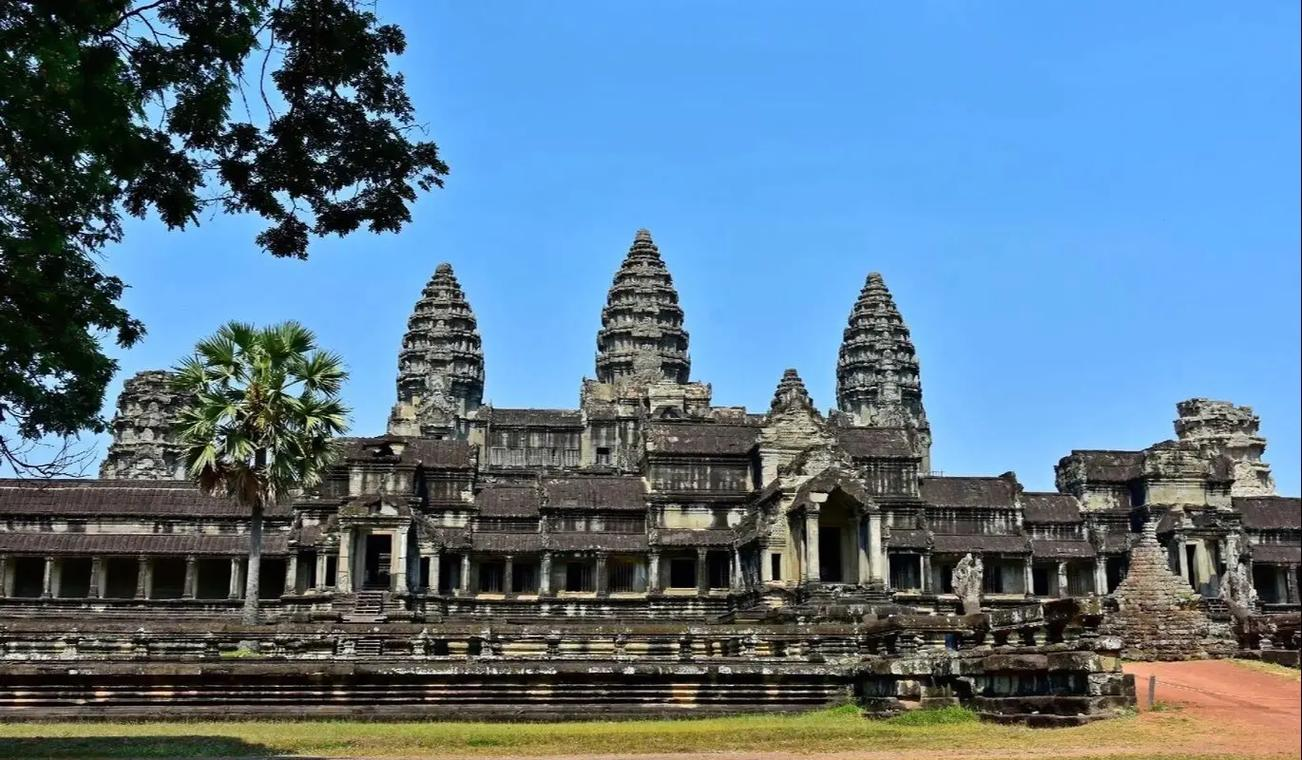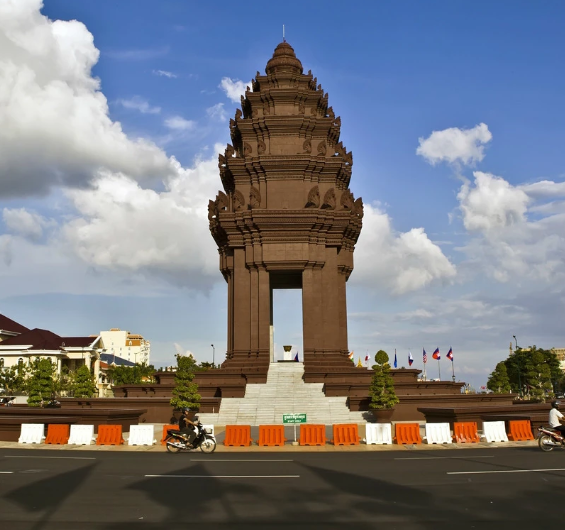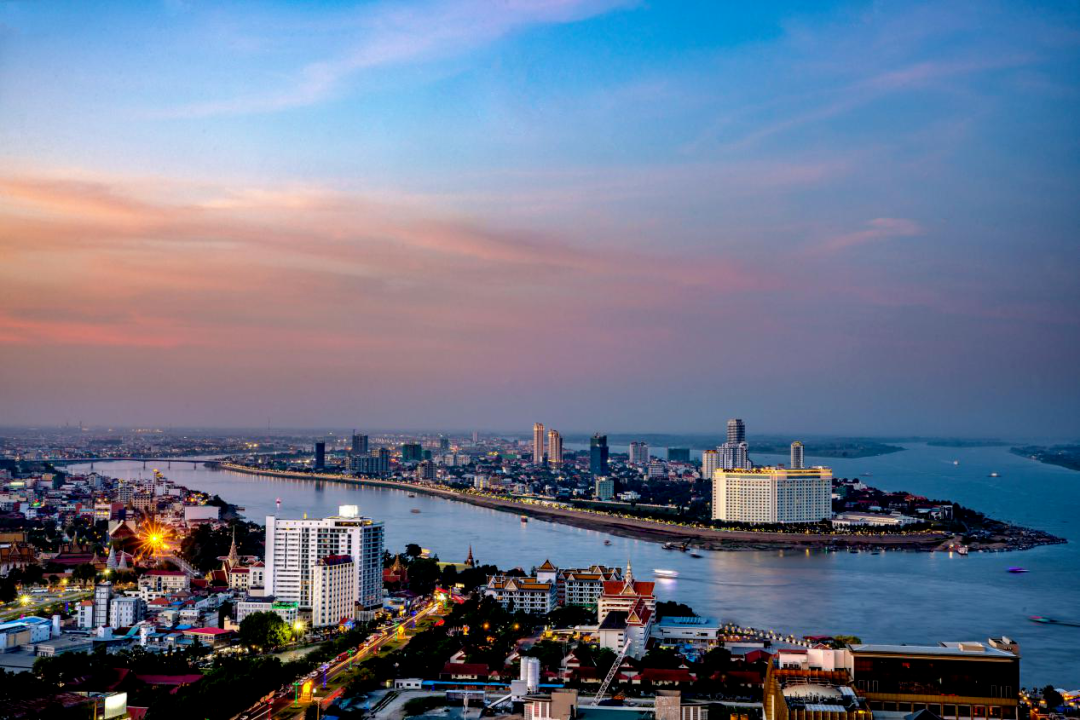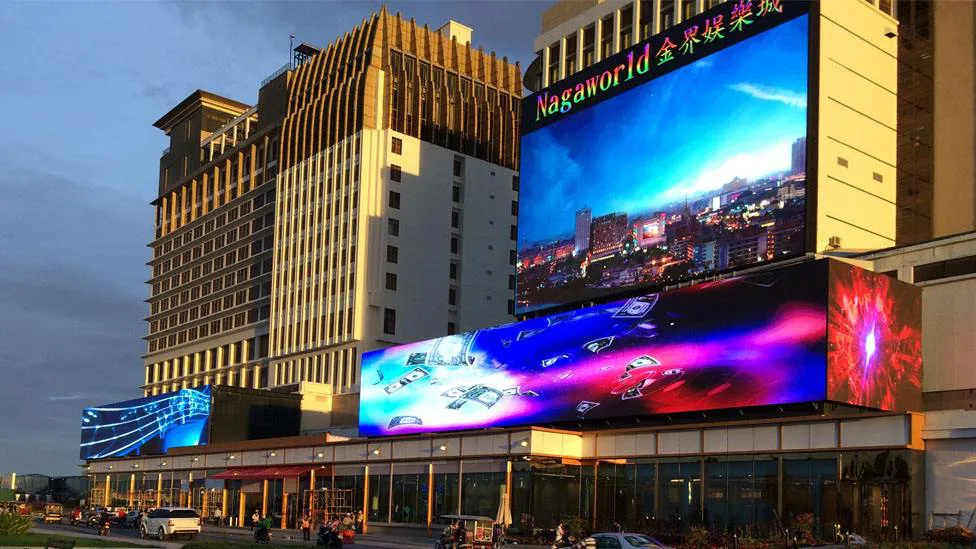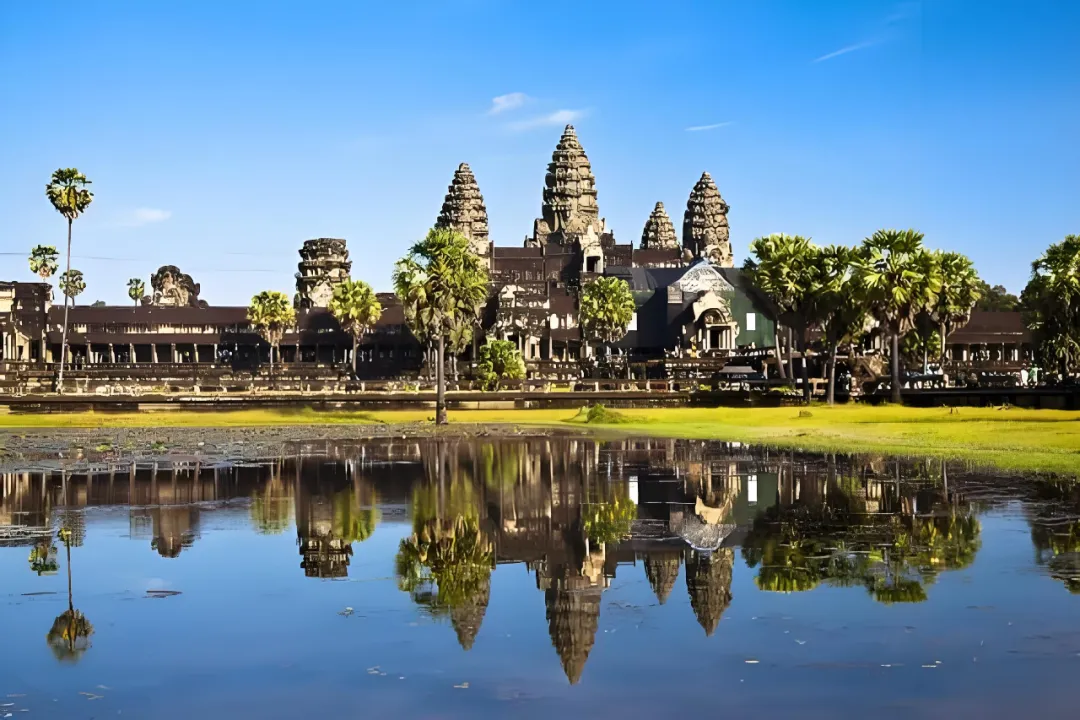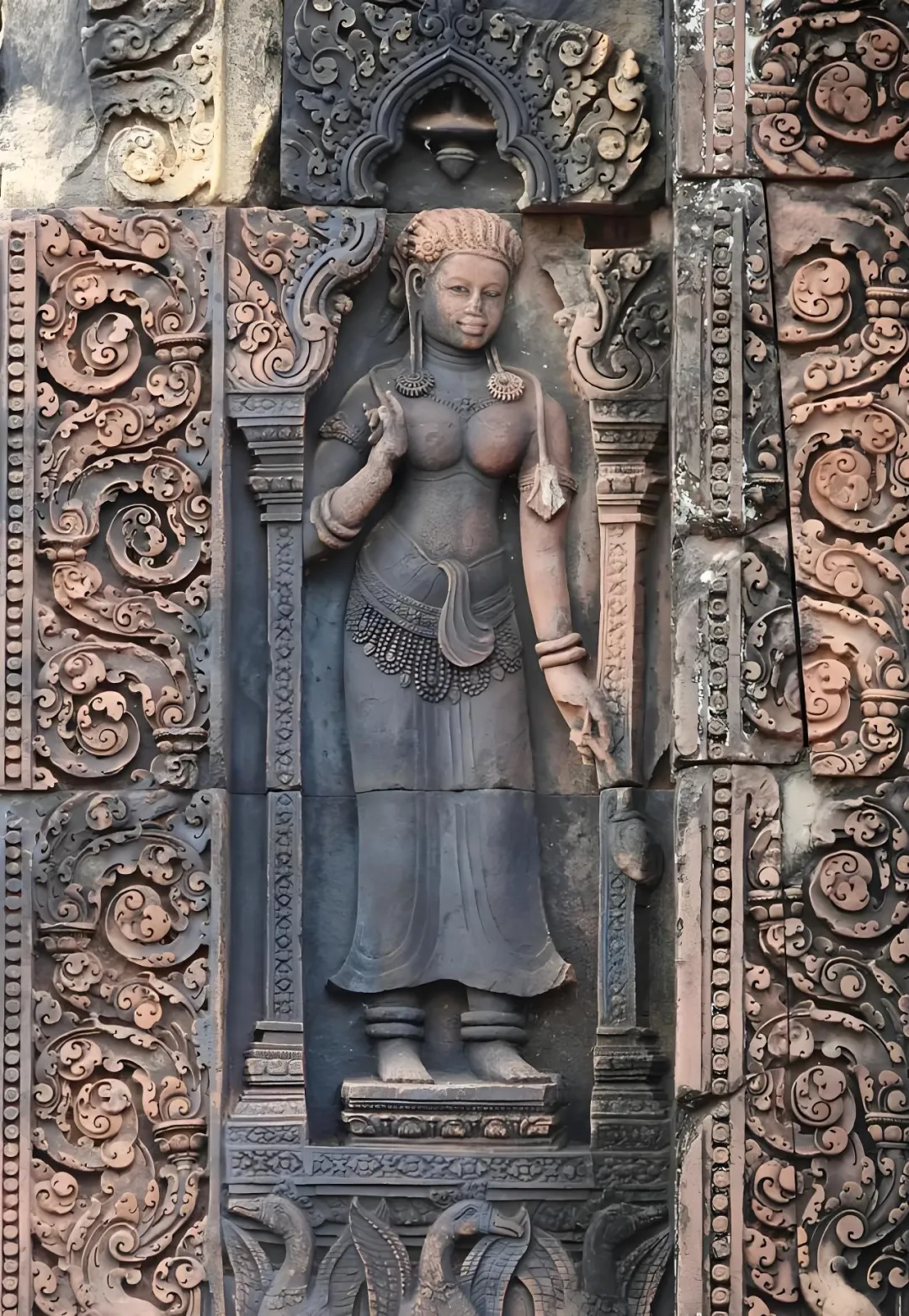Royal Palace in Phnom Penh, Cambodia
Royal Palace in Phnom Penh, Cambodia
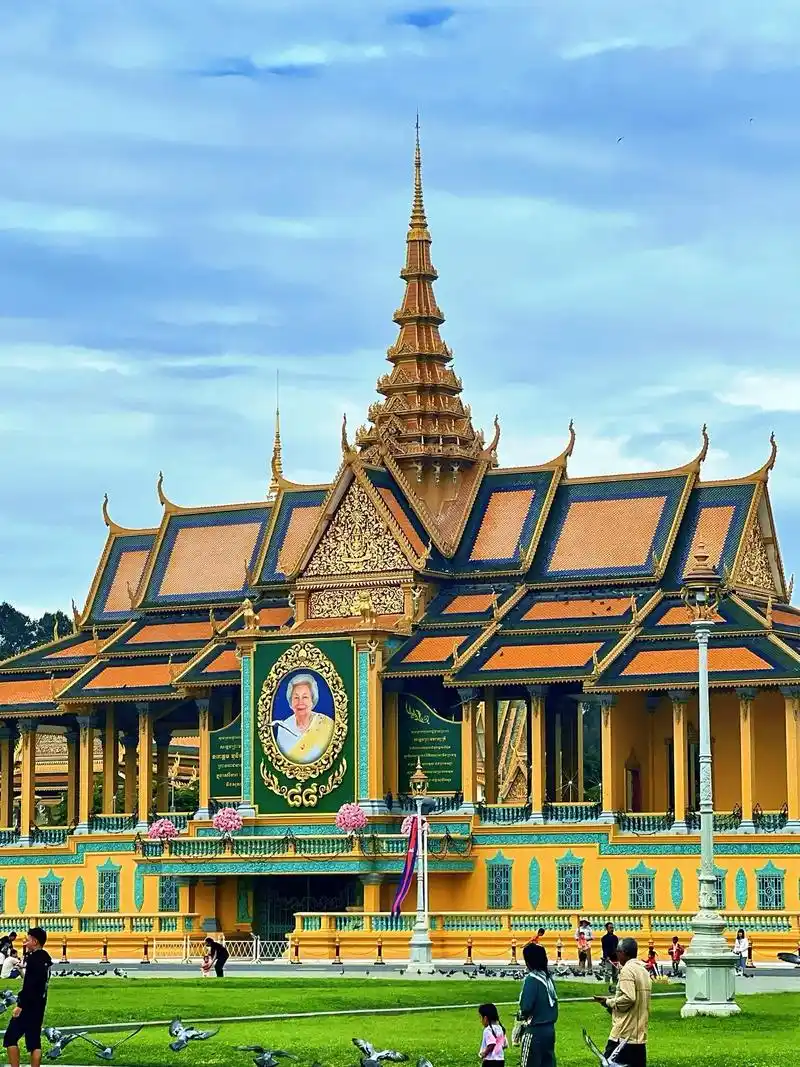
The Palace of the Phnom Penh
The Royal Palace (Royal Palace), also known as the Four-Arm Bay Grand Palace, is named after its confluence at the Upper Mekong River, Tonlesa River, Lower Mekong River and Bassa River. It was built by King Norodom from 1866 to 1870. The palace is rectangular, 435 meters long and 402 meters wide, with a city wall outside. The buildings of the royal palace have traditional Khmer architectural style and religious colors. The palaces all have spires, representing prosperity; the temple body is painted in yellow and white, yellow represents Buddhism, and white represents Brahmanism. The palace was originally a wooden structure and later converted into a cement structure, but maintained its original appearance. The main buildings in the palace are:
Silver Pavilion(Silver Pagoda), located in the fence on the left side of the entrance of the palace, this is a Buddhist temple building covered with 5,000 silver tiles, each silver tiles weigh 1 kilogram; the floor inside is also made of sterling silver, so it is called Silver Pavilion. This was built in 1892 by King Nordom and later rebuilt in 1962. The treasures in the temple include a golden Buddha inlaid with 9584 diamonds, weighing 90 kilograms, the heaviest diamond is 25 carats. On the right front of the Silver Pavilion is a small tower, and the platform inside is the Buddha's footprints transported from India. A white jade Buddha is enshrined in the pagoda on the hill behind the Silver Pavilion.
Golden PalaceIt is a place where the king is crowned, meets the guests of the state, holds religious ceremonies and receives foreign envoys to submit their letters to the state. Members of the Senate, Congress and administration also held an inauguration ceremony here.
PoganigeAlso known as the Imperial Banquet, it is the main venue for performing palace ballets, where the king also holds dinners and meets representatives of the masses.
Kama Ling PalaceIt is the back bedroom of King Sihanouk and Monile, and is also used to receive foreign heads of state who have visited Cambodia for official visits.
Moonlight BuildingIt is located above the main gate of the palace. It is named after the moonlight pours into the hall at night because there is no wall around it. Used for the king's ascension to the throne, holding major celebrations and state banquets.





